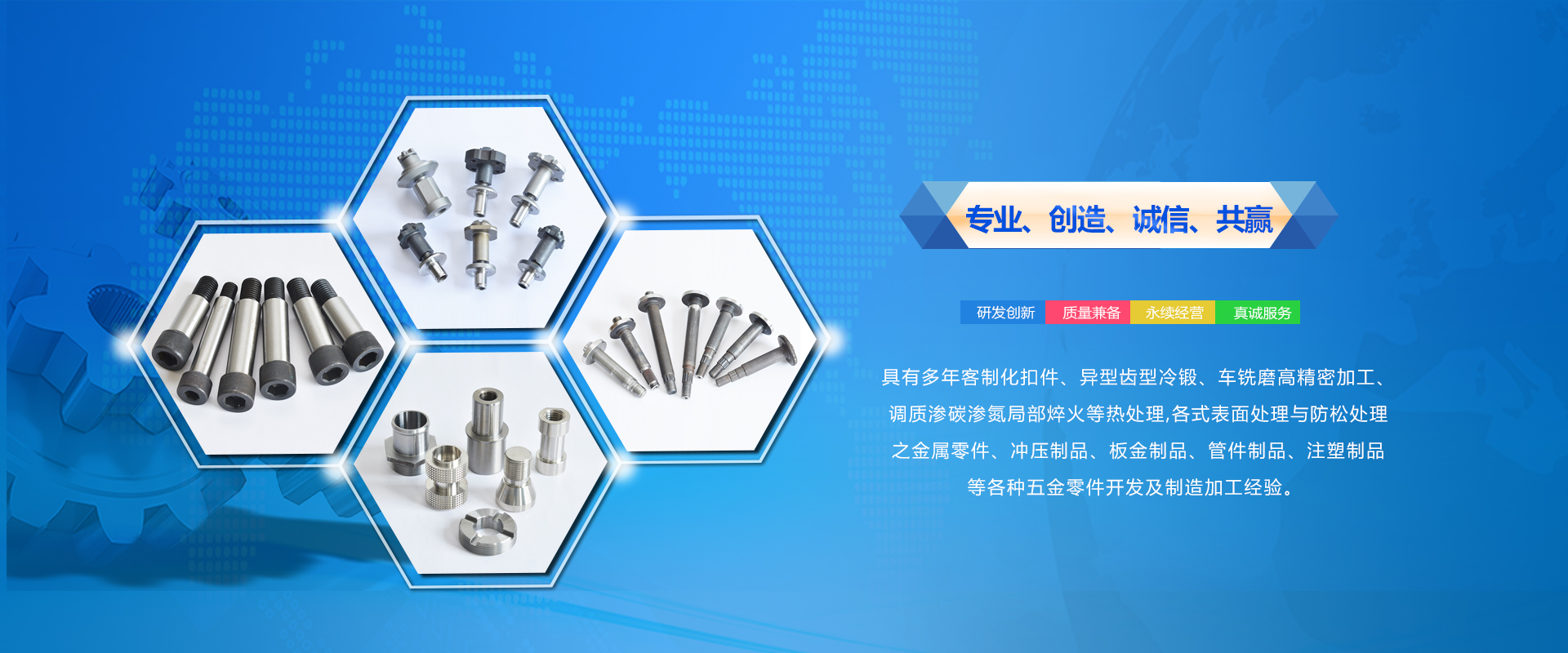The main characteristics that reflect the quality of direct plating are the conductivity of hole wall and the deposition rate of copper plating layer. The conductivity is related to the microstructure of the conductive layer, the thickness of the conductive layer and the thickness of the board. After pretreatment, the resistance value between the two sides of the printed board before copper plating can reflect the quality of the conductive layer formed in the direct plating process. In addition, after a short time of electroplating, observing the coverage rate of copper through holes directly reflects the performance of direct plating. The commonly used quality inspection methods for direct electroplating are as follows:
First, "test plate" resistance measurement
Cut the copper-covered plate into small plates of a certain size, drill a certain number of through holes of different apertures on them according to certain rules, hang them on the production plate hanger, complete the direct plating process, wash them directly without copper plating, air dry, and measure the resistance values of both sides of the plate.
Recommended "test" board size is 7.6x10cm2 board thickness 1.6mm, drilling φ3mm2 (for hanging board), φ1.0mm hole 10, φ0.8mm hole 20, φ0.5mm hole 20, this test board through the direct electroplating process, after washing with a hair dryer dry, and then measure the resistance of both sides.
Resistance value 1.5KΩ is good
The resistance value of 6.0KΩ should be carefully checked and adjusted.
Two, 5 minutes full plate plating
From the completed direct plating process of the plate randomly selected one or several plates after normal plating pretreatment! After electroplating the whole plate in minutes, take it out and wash it with water to observe the effect of through hole electroplating. If all the copper plating is qualified and there are holes, it is necessary to check the control parameters and adjust them. It can also be sliced for backlight test. If 0~1 light transmission points (3 through holes) are qualified, more than 2 light transmission points are unqualified. Electroplating conditions: current density of 2-3A/dm2, air stirring, cathode movement (frequency 20 times/min, amplitude 2.5cm), copper plating tank chemical composition within the process control range.
3. Take a copper-covered plate of the same size as the Hall groove plate
Pick up of the same size and hole groove plate copper clad, in the central plate corrosion respectively 0.8 mmx50mm, mmx50mm 1.6, 3.2 mmx50mm without copper area, the plate after dealing with the direct plating process, air drying, plating in the hole, slot (normal current 2 a), all observed with no copper plating copper on time, Generally, all copper is applied within 2-3 minutes.
The size, aperture and number of holes of each type of production board are not necessarily. Under normal process conditions, the resistance of both sides of the printed board after direct plating process treatment fluctuates in a certain range. After a period of experience accumulation, we can understand the range of qualified resistance value of various production plates. At the beginning of the use of this method, it should be combined with several other quality inspection methods, and the effect of copper plating should be observed.
There are many quality inspection methods for direct electroplating, and the above several can be used for routine quality inspection in the production process. They are simple, effective, and easy to operate.












 137-7822-0519
137-7822-0519
 Home
Home Telephone
Telephone